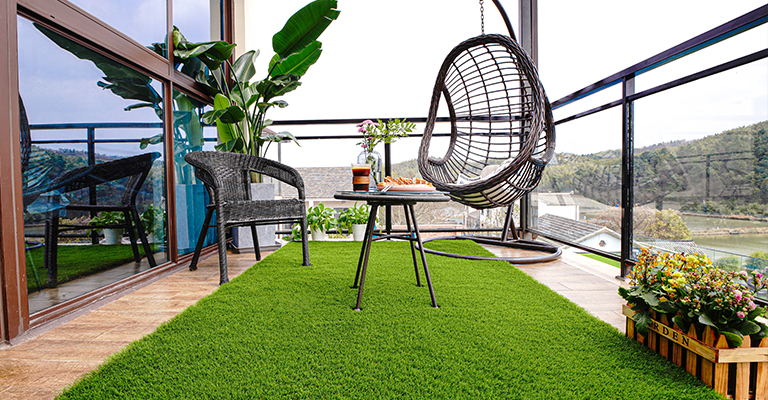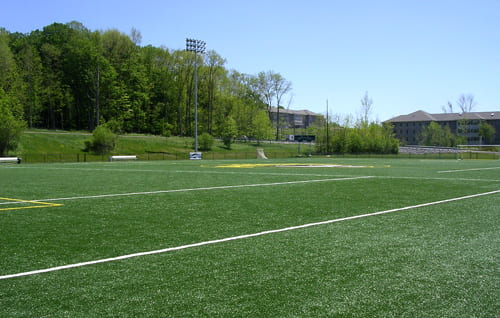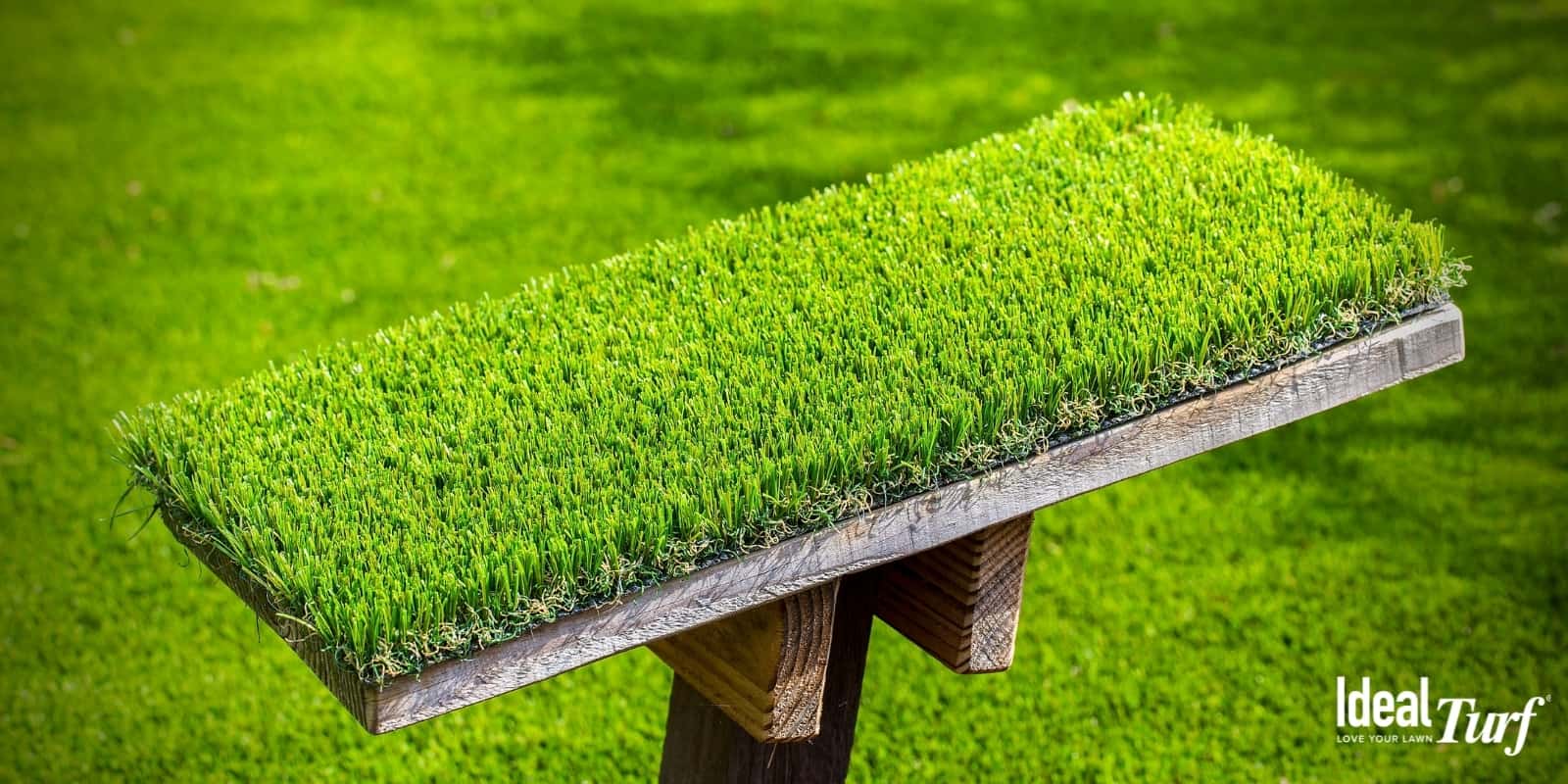Long-Lasting Arizona Artificial Turf for Residential and Commercial Applications
Long-Lasting Arizona Artificial Turf for Residential and Commercial Applications
Blog Article
Explore the Environmental Conveniences of Opting for Synthetic Grass Solutions
The adoption of synthetic grass remedies provides an engaging possibility to attend to pressing environmental challenges. By substantially minimizing water usage and minimizing the application of hazardous chemicals, these alternatives not only advertise sustainable landscape design yet also protect neighborhood environments. The reduced carbon footprint linked with reduced maintenance tasks contributes to an extra sustainable approach to land monitoring. The implications of these advantages extend beyond plain conservation efforts, increasing questions concerning their long-term influence on habitat conservation and overall environmental balance. Discovering these dimensions exposes an intricate interaction worth considering.
Water Preservation Perks
Among one of the most significant benefits of synthetic grass is its capability to save water. Typical turf lawns require substantial irrigation, specifically in locations vulnerable to dry spell or water limitations. In comparison, synthetic grass does not need watering, considerably decreasing the general need for water sources. This function is especially valuable in arid regions where water scarcity is a pushing worry.
By getting rid of the need for normal watering, synthetic grass adds to lasting landscape practices and assists mitigate the ecological impact of too much water intake. Moreover, the preservation of water includes the reduction of drainage, which can lead to dirt erosion and waterway air pollution.
Furthermore, the installation of fabricated turf enables property owners and communities to assign water sources more effectively, concentrating on crucial uses such as alcohol consumption water and farming. The change in the direction of man-made lawn not only promotes accountable water usage yet also aligns with wider ecological objectives focused on maintaining all-natural sources.
As areas progressively focus on sustainability, the water preservation advantages of fabricated lawn provide a compelling situation for its fostering in industrial and residential landscaping jobs.
Minimized Chemical Usage
The change to synthetic grass substantially reduces the dependence on chemical treatments generally used in natural grass upkeep. Typical lawn monitoring normally includes the application of fertilizers, herbicides, and pesticides to advertise development and control parasites. These chemicals can posture threats to human health and wellness, neighborhood wild animals, and the setting, adding to soil and water contamination.
In contrast, man-made lawn removes the requirement for these dangerous substances. By lessening the release of artificial compounds into the environment, man-made turf promotes much healthier soil and water systems.
Furthermore, the absence of chemical overflow related to synthetic grass installations aids protect regional rivers from contamination, supporting aquatic life and preserving biodiversity. Artificial turf companies phoenix. As communities significantly prioritize sustainable techniques, going with synthetic grass presents a practical remedy that straightens with ecological conservation goals. Via this change, homeowner can delight in rich environment-friendly rooms without endangering ecological health and wellness, leading the means for an extra lasting future
Lower Carbon Footprint

In addition, the setup of fabricated lawn can result in considerable water preservation. Natural yards call for substantial quantities of water for watering, which not just contributes to the carbon footprint connected with water removal and therapy but also strains regional water resources. In comparison, synthetic grass requires marginal upkeep, requiring no watering, thereby dramatically decreasing water use and its connected power expenses.
Furthermore, the durability of synthetic grass adds to its lower carbon influence. With a life-span of approximately 15 years or even more, the demand for constant substitutes is diminished, leading to less waste and lower energy intake in production and taking care of typical yard choices. On the whole, man-made lawn offers a sustainable choice for eco mindful landscaping.
Environment Conservation
Habitat preservation is an important consideration in the argument over landscaping options, specifically when comparing synthetic turf to all-natural grass. Natural yard lawns commonly need extensive maintenance, consisting of making use of herbicides, pesticides, and plant foods, which can detrimentally affect local ecological communities. These chemicals can seep into the dirt and rivers, hurting indigenous flora and fauna and disrupting local habitats.
Fabricated lawn eliminates the need for dangerous chemicals, thereby securing close-by wild animals and preserving the stability of bordering communities. The setup of synthetic grass can lead to the conversion of former turf areas into more biodiverse landscapes, such as pollinator gardens or native plant areas, which can support regional wildlife.
Eventually, the transition to synthetic grass not just preserves water and lowers upkeep initiatives however additionally cultivates a much more harmonious relationship between human tasks and the natural surroundings, promoting environment conservation in the procedure.
Long-Term Sustainability
Lasting sustainability is an important consider click resources assessing the advantages of synthetic turf over traditional yard yards. One of the most significant benefits of fabricated lawn is its sturdiness; it can last approximately 15-20 years with marginal maintenance, whereas natural turf requires constant reseeding and replacement. This longevity minimizes the need for consistent sources, such as water, plant foods, and chemicals, which are vital for maintaining a healthy turf lawn.
In addition, synthetic grass adds to a reduction in carbon exhausts related to lawn care equipment. Traditional grass frequently require gas-powered mowers, trimmers, and blowers, every one of which add to air contamination. Turf installation phoenix az. On the other hand, artificial grass removes the need for such equipment, promoting a cleaner setting
Additionally, the production of synthetic grass progressively utilizes recycled materials, enhancing its sustainability account. As makers embrace eco-friendly methods, the ecological impact of man-made lawn remains to diminish.

Final Thought
The fostering of synthetic grass remedies provides substantial environmental benefits, including significant water preservation, minimized reliance on damaging chemicals, and a websites lower carbon footprint. Synthetic grass aids in preserving natural habitats by decreasing land disturbance and advertising long-term sustainability with the use of sturdy materials. Collectively, these factors highlight the possibility of fabricated turf to contribute favorably to environmental health and use a practical alternative to traditional landscaping techniques in an increasingly resource-conscious globe.
In comparison, synthetic grass does not need watering, significantly minimizing the total need for water resources. By reducing the release of synthetic substances right into the environment, synthetic turf promotes much healthier dirt and water systems.
Furthermore, the installation of artificial grass can result in considerable water conservation. In comparison, synthetic turf requires minimal maintenance, needing no watering, therefore substantially reducing water usage and its linked power prices.

Report this page